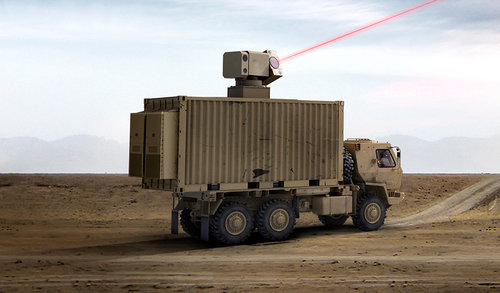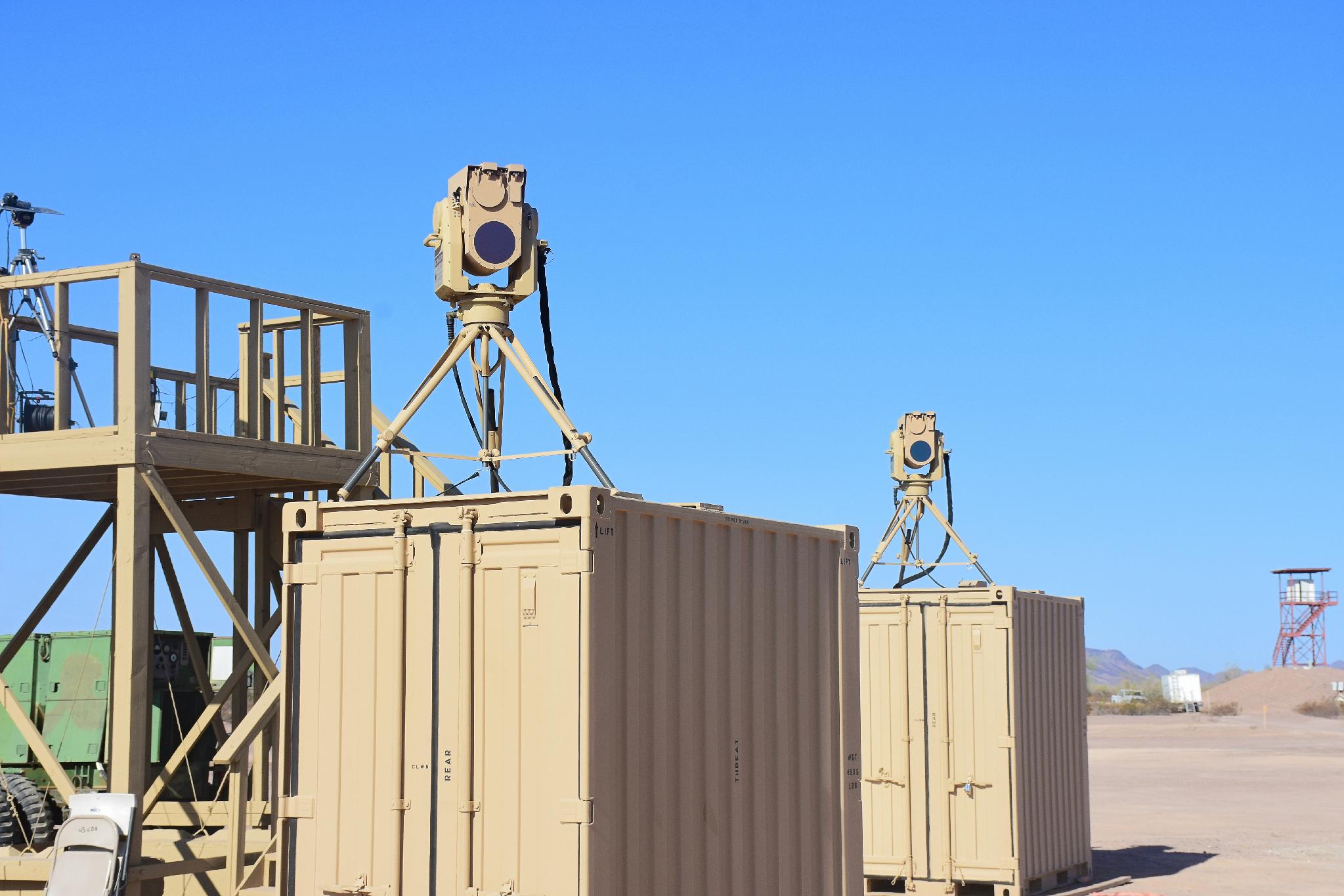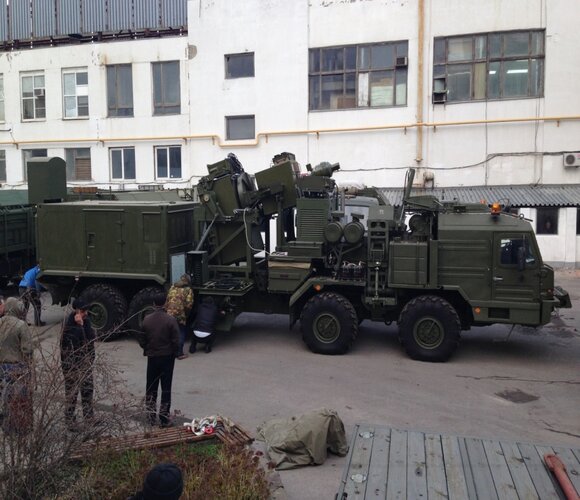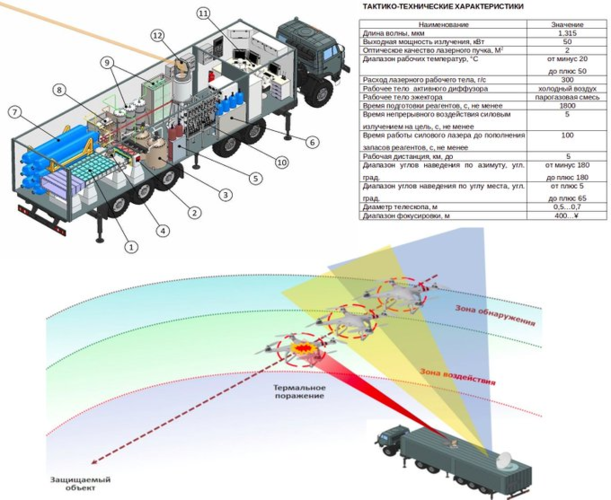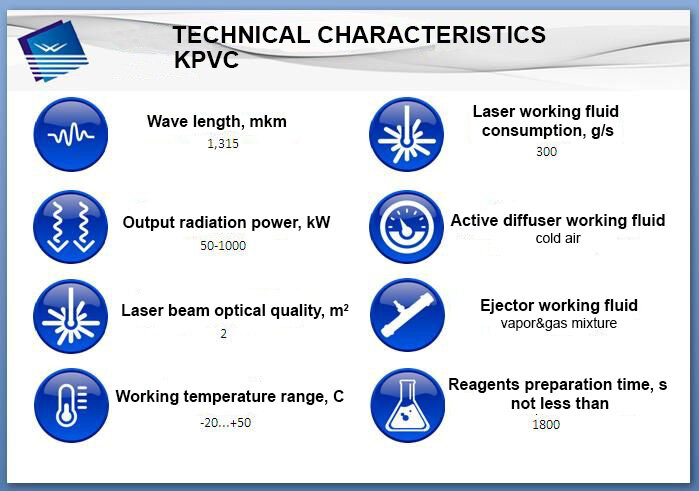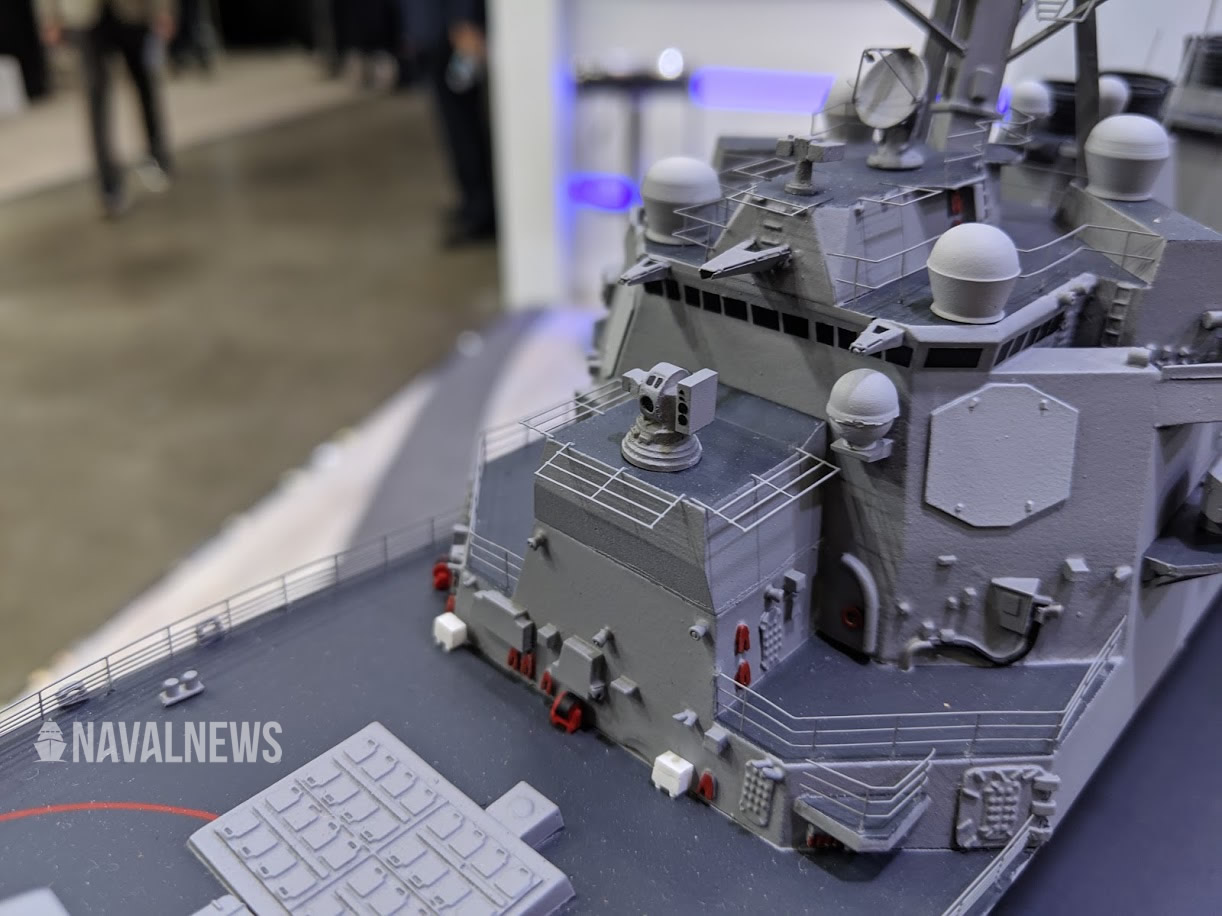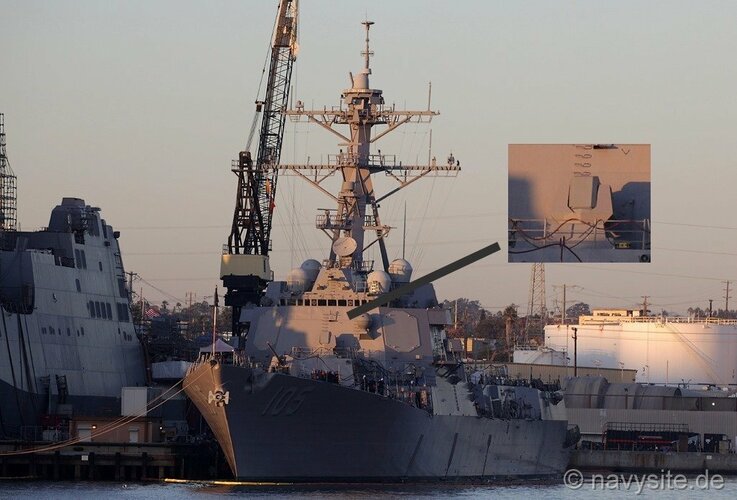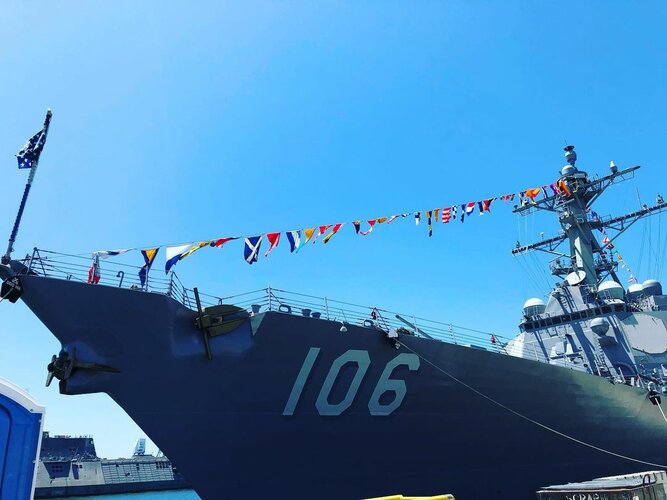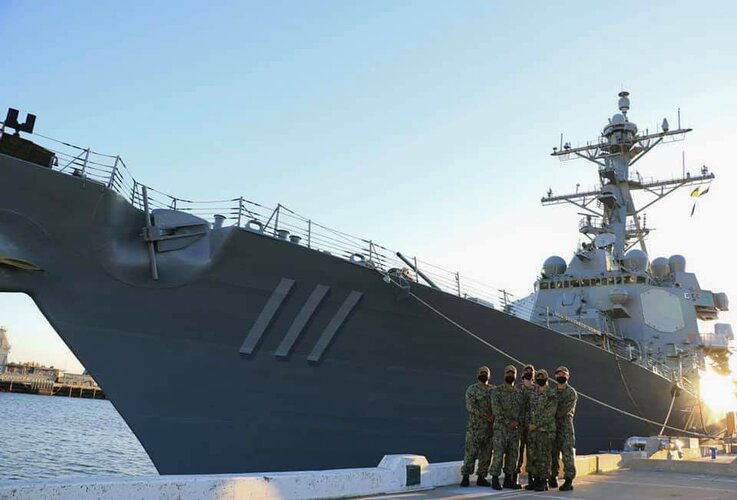REDSTONE ARSENAL, Ala. -- Offering a silent shot with unlimited rounds, laser weapons have long been the “next big thing” coming to the battlefield.
Now, “next” is finally here.
As the Army works to address increasing and changing threats from unmanned aircraft systems (UAS) and rockets, artillery and mortars (RAM), the service is turning to high energy lasers, installed on tactical vehicles, to protect U.S. ground forces and equipment. The first of these combat-capable weapon systems, 50 kilowatt (kW)-class lasers mounted on Stryker vehicles, is on track for operational fielding by Fiscal Year 2022.
Already, a unique Army-industry team is integrating two Strykers in Huntsville, Ala. with 50 kW-class laser weapon capabilities and support equipment. By spring, these Strykers will head to a combat shoot-off event at Fort Sill, Okla., where they’ll face a series of scenarios designed to test the system and establish threshold requirements for this class of laser. The result will lead to the competitive selection of one of the two laser systems for further prototype production, while also demonstrating for the first time that this laser technology is at a mature technical readiness level.
“This is moving extremely fast,” said COL G. Scott McLeod, the Army Rapid Capabilities and Critical Technologies Office (RCCTO) program manager for Directed Energy-Maneuver Short-Range Air Defense (DE-MSHORAD). “Everybody has done a great job of managing all of the technical complexity and challenges of getting these new components built and integrated so we can move to the shoot-off next year.”
The DE-MSHORAD prototyping effort – as part of the Army’s larger modernization strategy for air and missile defense – is intended to help protect Divisions and Brigade Combat Teams from UAS, Rotary-wing aircraft and RAM threats, and will be delivered to a platoon of four Strykers by Fiscal Year 2022.
In an effort to rapidly deliver these firsts for the Army, the RCCTO selected two vendors in a cost share approach to build the two laser systems, fostering competition and stimulating the industrial base for directed energy capabilities.
The integration efforts by the two sub-contractors, Northrop Grumman and Raytheon, is being overseen by the prime contractor, Kord Technologies. To keep efforts fair, the integration work on each laser system is being performed in separate areas at the Kord integration facility in Huntsville. And to keep things safe during a national pandemic, the teams are implementing measures such as regular temperature checks, mask wearing, social distancing and smaller group sizes.
“This is an exciting stage of the program, as we’re starting to put the laser systems together,” McLeod said. “Soon we’ll begin performing internal evaluations of the systems here at Redstone as part of the walk-up to the combat shoot-off in a few months. We’re looking forward to getting the vehicles fully integrated and ready to go out to the range.”
In October 2020, the competing contractors simultaneously evaluated control and functionality against airborne targets. Two additional evaluations, serving as risk reduction events, will take place leading up to the combat shoot-off. At the shoot-off, the two laser systems will go up against a series of 12 vignettes that will increase in difficulty. For example, there will be a mix of scenarios that could include UAS targets, RAM targets, or both. It is not expected that both systems will be able to meet all the demands of all of the scenarios, but the realistic challenges to the prototypes will serve to establish threshold requirements for future DE-MSHORAD systems.
“The vignettes are important because our intent is to stress the systems to failure,” said Dr. Craig Robin, deputy director of the RCCTO DE Project Office. “So we are not assuming they will pass everything, we are purposely creating a series of vignettes with increased complexity. It’s a different paradigm in terms of a competition. It will not only help select between the two systems, but will also demonstrate that the technology is at a Technical Readiness Level 7, representing a major step in prototype completion.”
Not the same as an operational test, the combat shoot-off will include scoring criteria and evaluations from an overall performance standpoint, added McLeod.
“This is setting the baseline of what a 50 kW-class laser system is capable of doing,” he added. “It shapes how the Army will write DE-MSHORAD requirements going forward.”
Also, to ensure the prototypes deliver residual combat capability that meets the users’ needs, close and recurring collaboration with Soldiers will be conducted throughout the effort to gather their feedback and input.
To address the support and infrastructure around the prototype lasers, the RCCTO utilizes a unique stakeholder forum known as the Octagon. This integrated group of stakeholders includes representation from all aspects of Doctrine, Organization, Training, Materiel, Leadership, Personnel, Facilities, and Policy (DOTMLPF-P). The group works in parallel with prototype development, ensuring the right elements are ready when the prototypes are delivered.
The initial DE-MSHORAD Other Transaction Authority (OTA) agreement was awarded to Kord Technologies in July 2019. Last month, the Army exercised an option on the OTA to purchase the additional DE-MSHORAD prototypes to be delivered by September 2022, for a total of four 50 kW-class laser Stryker vehicles. The industry team also includes Rocky Research for laser support equipment and General Dynamics for Stryker vehicle support.

breakingdefense.com




